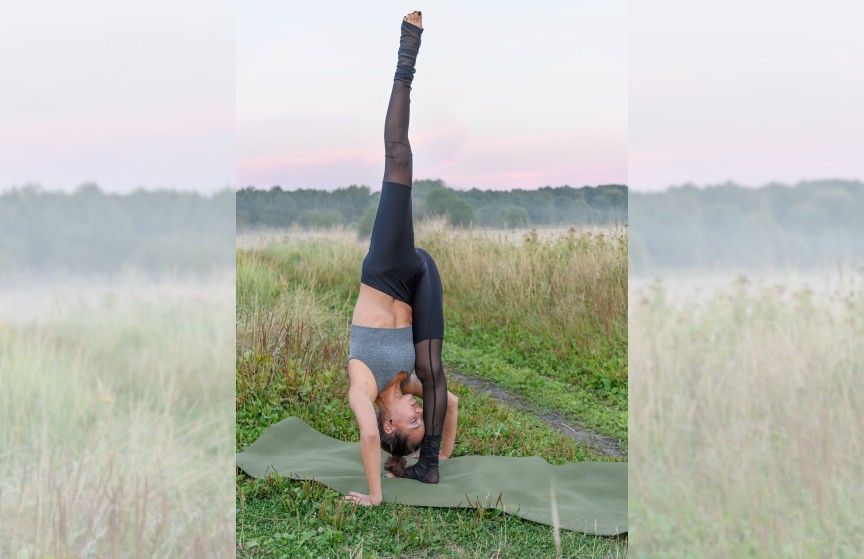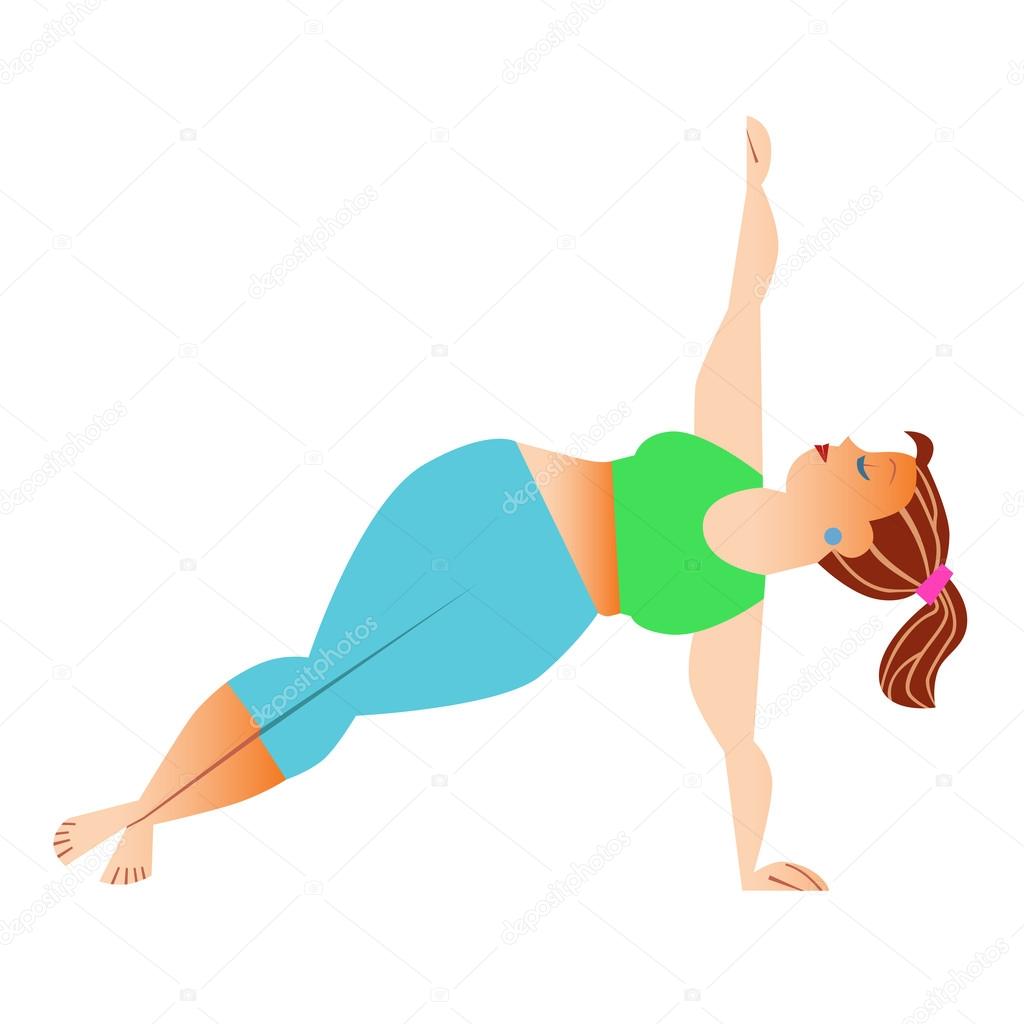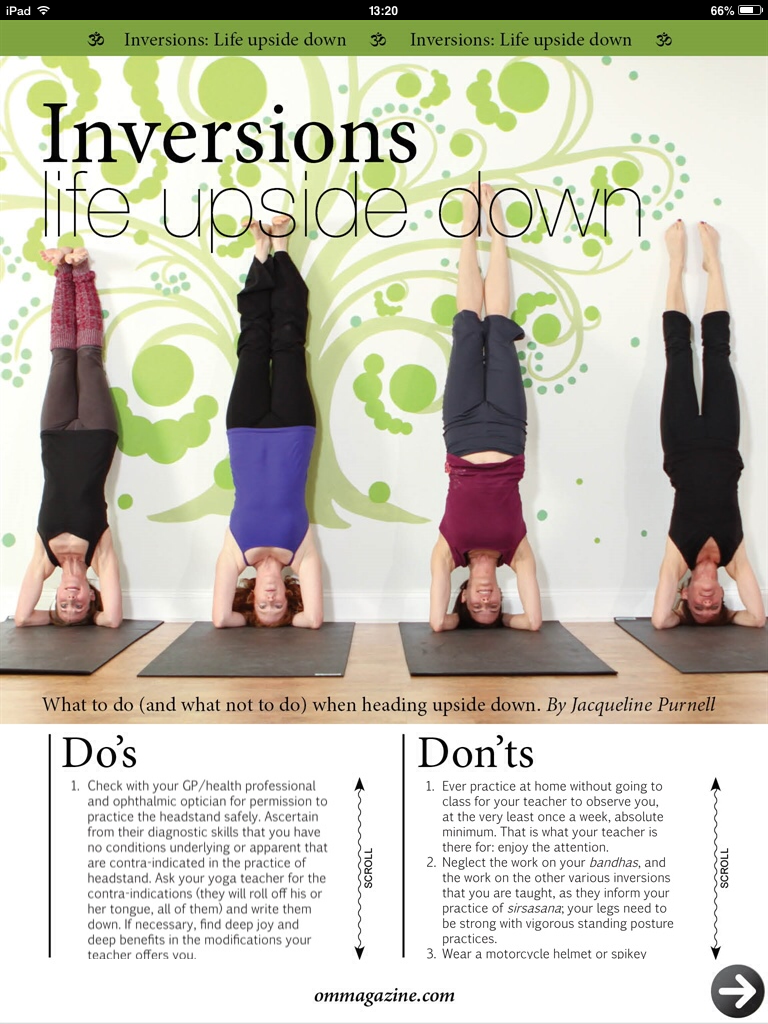
Sanskrit's word for "unite or join" is where yoga comes from. This union refers to a union of mind and body, and to the individual consciousness with universal consciousness. In India, yogic practices were practiced in the early decades of the 20th-century. Lord Shiva was the first known Yogi. He disseminated it via his writings. These books were translated in many languages and then spread to different parts of the world.
As yoga became more popular, it wasn't uncommon for the practice to be seen as more westernized, particularly in Europe. In the early 1900s VHS tapes and DVDs were popularized, which led to widespread distribution of yoga videos. Yoga was quickly and widely popularized in America thanks to the growing fitness industry and the Internet. The transatlantic flight and invention of the microphone made it possible to reach large audiences.
The history of yoga goes back thousands of years. Yoga was first practiced as a spiritual discipline, but Westerners discovered it in the late 19th century. Swami Vivekananda was an Indian monk who traveled throughout Europe and the U.S. in order to spread the practice. Later, he taught yoga in the West where it became very popular. This is a great place to learn about yoga's historical roots.

Yoga's roots can be traced back to northern India in ancient times. The Vedas (the oldest of the four Vedas) contain references to the practice. Over a thousand hymns and 200 mantras are contained in the Rig Veda. The Rig Veda was used as a guide by priests in the Vedic age to help them learn how to do yoga. Many Rishis improved the practice over the centuries and brought it to the present day. The Upanishads are another great source of information about the history of yoga.
The first mentions of yoga were in ancient India. This is the beginning of the history of yoga. The practice evolved to include physical postures, also known as asanas. Hatha yoga gained popularity in the U.S. around the turn of the 20th century, when many teachers began adding asanas onto their classes. In the 1970s, the practice gained acceptance worldwide. The United States birth of yoga was the catalyst for its popularity and expansion.
Yoga has a complicated history. Its roots go back to 2000 BC, when yoga was primarily about the mind. Then, it was influenced by western gymnastics, and the first Hatha yoga practices were developed. In the 1920s, Hatha Yoga, a more body-centered type of yoga, was created. Asanas are still used to accomplish this goal.
Yoga has a long history that goes back to ancient India. The practice of yoga thousands of years ago was very different to the Vinyasa classes we have today. The history of yoga will help you to appreciate and understand it better. You will see that ancient yoga was not done in the same manner as modern-day Yoga. It is possible to trace the origins of Yoga back thousands of years. This will help you gain a greater appreciation for the practice.

Yoga has a long history. Although the ancient yoga practitioners were mainly Hindu, their influences were still heavily Hindu. Yoga was banned in the west by the British. The practice of yoga only began to spread to the rest of Europe and the US after these events. Yoga was introduced to the United States by Indian gurus in the late 1800s. Asana is a form or meditation.
Asana forms the basis of many yoga practices. The practice of asana is ancient. Yoga practice was a spiritual and religion practice in the 5thcentury. The ancients also included Buddhism and Jainism. The Classical Period was the time when yoga beliefs and practices were first presented in a systematic manner. For centuries, yoga's popularity and influence grew. However, as with all new practices, its roots are still rooted within the same ideals and principles.
FAQ
What does milk do to men?
Next time you buy milk think about what you could do with it. It might also help if you start drinking less coffee.
It has been proven that milk is beneficial for both children and adults. The nutrients in milk include vitamin D, calcium potassium, phosphorous and magnesium.
It also aids digestion, improves bone strength, and promotes weight gain. Adults who consume dairy products tend to have fewer illnesses and better immune systems.
People who have difficulty digesting milk are also likely to be able to enjoy its many benefits, even if they do not have stomach problems.
Try drinking more milk instead of soda or juice. The extra calcium and vitamin D found in milk can help strengthen your teeth and bones.
Plain low-fat yogurt is another option if milk tastes bland to you. Yogurt, which is lower in calories but higher in protein, is a great option to milk.
Probiotics are also found in yogurt, which help with digestion and boost immunity.
Try warm milk to help you fall asleep. Warm milk helps relax muscles and boosts serotonin levels.
Can I consume alcohol while working out?
Yes. Alcohol has increased energy expenditure, speed up recovery time, and reduced soreness.
Alcohol also increases insulin sensitivity, making it easier to absorb glucose.
However, alcohol can cause dehydration, which can slow down your metabolism. Alcohol can also lower testosterone production, which could lead to a decrease in muscle-building potential.
This is why women shouldn't have alcoholic drinks before exercising. Women who are heavily alcoholic should wait at minimum 24 hours before starting to work out.
The best thing for women who are pregnant is to avoid alcohol.
Men should have no more than one drink per day.
How can I lose weight by avoiding certain foods?
Trans fats should be avoided. Trans fats increase LDL (the harmful) cholesterol and lower HDL (the good).
Trans fats can also be found in deep-fried food, fast food, packaged bakery goods, snack cakes, as well as other processed foods.
These unhealthy fats cause inflammation which leads to heart disease, diabetes, and other health problems.
Avoid eating foods that contain artificial sweeteners. Artificial sweeteners increase the risk of getting cancer.
These chemicals can be found in soft drinks, chewing gum, and candy bars. These chemicals are also found in meat, poultry, eggs, and other foods.
Artificial sweeteners include saccharin, cyclamate, sorbitol, aspartame, acesulfame-K, and sucralose.
The American Heart Association suggests that you avoid these chemicals as they can cause DNA damage in your cells.
What is a good schedule for a 7-day work out?
Three days per week should be spent on cardiovascular training, including running, biking, swimming, and two strength exercises using free weights, weight machine, as well as one flexibility/core exercise such as yoga, Pilates. Each activity should be performed at least once each week. Each session should not take more than 45 mins.
Cardiovascular Exercise: Running, Biking, Swimming
You should aim to get at least 60 mins of cardio exercise per week. You can aim for 75 minutes a week for best results. Cardio exercises can be used to increase blood flow, stimulate muscle growth, and improve blood circulation.
Strength Training
While cardio exercises target the heart and lungs, strength training targets the muscles and bones. Strength training can help you burn calories even when you're not working out.
Flexibility and Core Workouts
Flexibility and core workouts are great ways to strengthen your entire body. Both yoga and Pilates are excellent options.
What is the best way to lose weight?
Losing weight can be difficult. Many people give up easily because they don't know what to do.
You can lose weight by following a few simple steps.
First, ensure that you consume fewer calories per day than you burn. If you are eating more than you are burning, then you are going to gain weight.
Second, you must start exercising regularly to burn off all those calories. You have many options, including walking, biking, dancing and jogging.
Third, stop smoking cigarettes or drinking alcohol. These habits can cause you to consume more calories that you would otherwise.
Fourth, you need to cut back on fatty foods and junk food. You can replace them by healthier choices such as fruits, vegetables or lean meats.
Fifth, it is important to make lifestyle changes and develop new habits. For example, you may need to get up early every morning to exercise before work.
Sixth, discipline and following a diet plan are essential.
You can also burn excess calories by joining a gym, or taking an aerobics course.
These simple tips will help you quickly see results.
Is cardio exercise good for your health or bad?
Cardiovascular exercise has many benefits. Cardiovascular exercise improves blood circulation and strengthens your heart muscle. It also increases stamina and helps you lose weight.
Cardiovascular exercise includes running, biking, hiking, swimming, tennis, basketball, soccer, volleyball, football, etc.
Cardio exercises should not be done at high intensity. Doing this could lead to injury.
Cardiovascular exercise should be done only if you feel well.
You should never push yourself beyond your limits. This could lead to injury.
Warm up is the best way to start cardiovascular exercise. Gradually increase the intensity.
You must always listen to what your body is telling you. You should stop immediately if you feel any pain while doing cardiovascular exercise.
It is also advisable to rest after a cardiovascular workout. This will allow your muscles to rest.
Cardiovascular exercise is essential for losing weight.
This is the best way to lose weight and belly fat.
What is the fastest way to transform my body?
It all starts by changing your mindset. The first step is to decide to change.
After you have made the decision to change, you should commit to working towards your fitness goals for at minimum 3 months.
The next step is to find the right program for you.
Realistic expectations are also important. If you are unwilling to put in the time and effort necessary to achieve your goal, don't waste your money on a gym membership.
Instead, make use of your time outdoors.
If you spend an hour a day walking around the block, you'll burn enough calories to lose 1 lb per week.
Once you know what your plan is, it's time to start organizing your life in accordance with this plan.
This means that you should schedule time for exercise every morning before heading to work, and allow yourself to take breaks throughout the day.
When you achieve milestones, reward yourself. You might be able to buy clothes and accessories that reflect your accomplishments.
Statistics
- According to the American Heart Association, blood pressure should be checked at least once every two years, beginning at age 20. (my.clevelandclinic.org)
- The PRS enabled risk stratification for overall prostate cancer and lethal disease with a four-fold difference between men in the highest and lowest quartiles (HR, 4.32; 95% confidence interval [CI], 3.16-5.89). (pubmed.ncbi.nlm.nih.gov)
- According to the American Academy of Dermatology (AAD), men over 50 are at a heightened risk of developing it. (healthline.com)
- Get free shipping and 25% off today. (healthline.com)
- 10 pounds in a month is likely during a lean bulking phase, especially for beginners. (muscleandstrength.com)
External Links
How To
What should I eat before a workout?
You need to eat less calories than you burn while exercising in order to lose weight. You must also eat all of your nutrients.
This includes protein, carbohydrates, fats, and vitamins.
It is better to eat smaller meals throughout the day than three large ones.
Working out if you are hungry can cause you to perform poorly.
Water is better than energy drinks that contain sugar and caffeine. This will help you stay hydrated as well as energized.
However, make sure you are consuming enough fluids. Over-consuming water could cause your body to lose its electrolytes.
For proper functioning, your body requires electrolytes.
You can drink sports drinks if you don’t have access water. They can be rich in minerals like sodium, potassium or calcium.
These help replenish electrolytes lost through sweating. They won't be able to replace the electrolytes you have lost through sweating.
You can take multivitamin pills if you are concerned about salt loss during exercise.
These products contain more vitamin B6, which regulates the level of sodium in the body.
However, you shouldn't rely on supplements if you don't know how much salt you're getting from food and beverages.
They aren’t regulated under the Food and Drug Administration.
Certain brands of sports drinks might contain more sodium than others.
Some sports drinks may contain artificial sweeteners or other preservatives. These may cause digestive problems.
If you are concerned about over-salting, you can use sea salt.
It contains fewer chemicals then table salt.
Sea salt is also low in iodine, another mineral needed for healthy thyroid function.